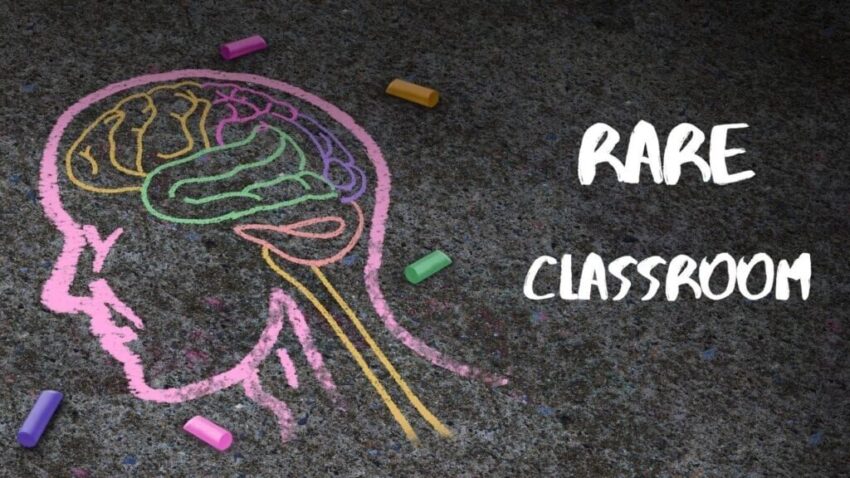Welcome to the Rare Classroom, a new series from Patient Worthy. Rare Classroom is designed for the curious reader who wants to get informed on some of the rarest, most mysterious diseases and conditions. There are thousands of rare diseases out there, but only a very small number of them have viable treatments and regularly make the news. This series is an opportunity to learn the basics about some of the diseases that almost no one hears much about or that we otherwise haven’t been able to report on very often.
Eyes front and ears open. Class is now in session.

The rare disease that we will be learning about today is:
Schwartz-Jampel Syndrome
Also called chondrodystrophic myotonia.
What is Schwartz-Jampel Syndrome?
- Schwartz-Jampel syndrome is a rare disorder which is associated with myotonia and disorders affecting the development of bones and cartilage
- The disease is identified based on myotonia, distinct facial/skeletal features, blood tests, EMG, X-rays, and muscle biopsy, with genetic testing helping in confirmation.
- The syndrome is named after Oscar Schwartz, an American ophthalmologist, and Robert Steven Jampel, an American neuro-ophthalmologist, who jointly described the disease for the first time in 1962
How Do You Get It?
- Schwartz-Jampel syndrome is believed to be inherited in an autosomal recessive fashion, in which both parents must be carriers of the causative mutation.
- Their children have a 25% chance of being born with the disease
- A small number of cases have been recorded that appear to have an autosomal dominant pattern
- This syndrome is associated with mutations affecting the HSPG2 gene
- This gene codes for a protein called perlecan, which is a component of muscle and cartilage
- Abnormal function of this protein is believed to trigger myotonia, or muscle contraction
What Are the Symptoms?
- Signs and symptoms include:
- Bowed long bones
- Arthrogryposis multiplex congenita
- Vision problems
- Short stature
- Narrow mouth
- Pursed lips
- Myotonia
- Gait abnormalities
- Full cheeks
- Protruding lower lips
- Stiff joints
How Is It Treated?
- Schwartz-Jampel syndrome has no cure.
- Treatment is principally focused on relief of muscle stiffness and cramping
- Muscle warming, massaging, and strength exercises may be used
- Anti-seizure medications and muscle relaxants are common medications
- Botox may be used to treat blepharospasm
- Surgery can also be effective; however, patients are at an elevated risk of malignant hyperthermia, a possible complication of surgery
- Most patients have life expectancy that is close to normal
Where Can I Learn More???
- Check out our cornerstone on this disease here.








